ANGELO UGGERI, attrib. to
TEMPIO DELLA TOSSE
ANGELO UGGERI
Gera, 1754 – 1837, Roma
Pen and brush in sepia on paper
17.5 × 24.5 cm / 6.9 × 9.6 in
Sheet with mount: 23.5 × 30 cm / 9.3 × 11.8 in
Inscribed lower centre: Temple de la Toux
This pen-and-sepia drawing was discovered alongside another sheet depicting the interior of a Roman mausoleum. Although mounted on a later support and showing minor losses, it retains high historical and iconographic value. The French inscription Temple de la Toux reflects an early romantic-era designation for a well-known ancient monument in Tivoli, properly identified today as the Tempio della Tosse.
Situated at the foot of the Villa d’Este, this Roman building has a circular plan and brick construction, and was likely erected in the first half of the 4th century CE atop the ruins of a 1st-century BCE Roman villa. Despite a popular legend attributing healing powers to the site—hence the name “Temple of the Cough”—modern scholarship considers it a late antique mausoleum, later converted into a Christian church dedicated to the Virgin Mary. Interior frescoes from the 10th century, including depictions of Christ Pantocrator, attest to its early Christian significance. The structure was abandoned between the 17th and 18th centuries and is now located on private property, closed to the public.
The drawing depicts the rotunda overgrown with vegetation, its arched openings and wandering figures evoking the poetic archaeology typical of the late 18th century. The composition and technique allow for a dating around 1790, and strongly align with the work of Angelo Uggeri, an architect, artist, and renowned documentarian of Rome’s ancient and medieval monuments. His Voyage pittoresque series included views of precisely such “secondary” but evocative and lesser-known ruins of antiquity.



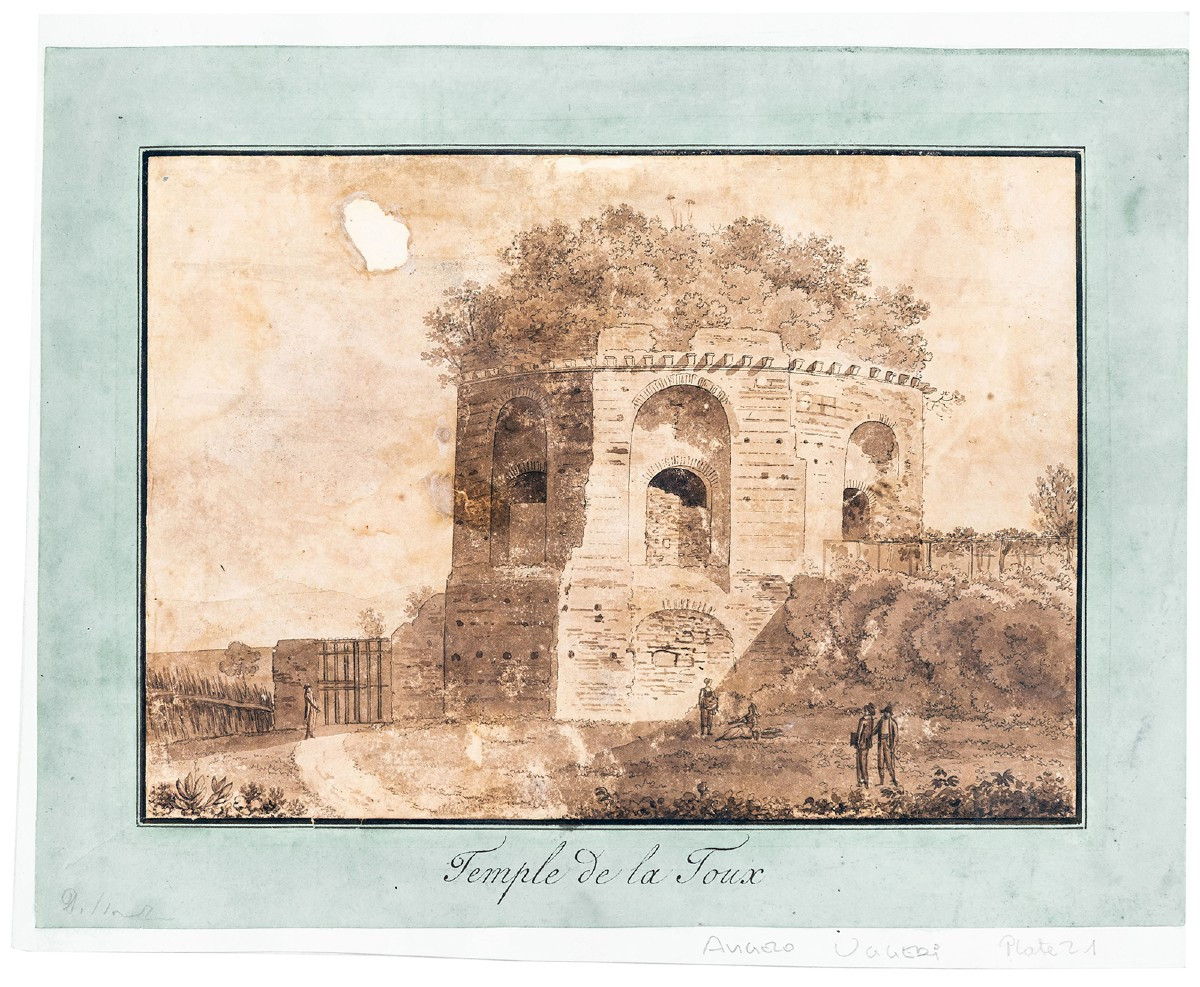


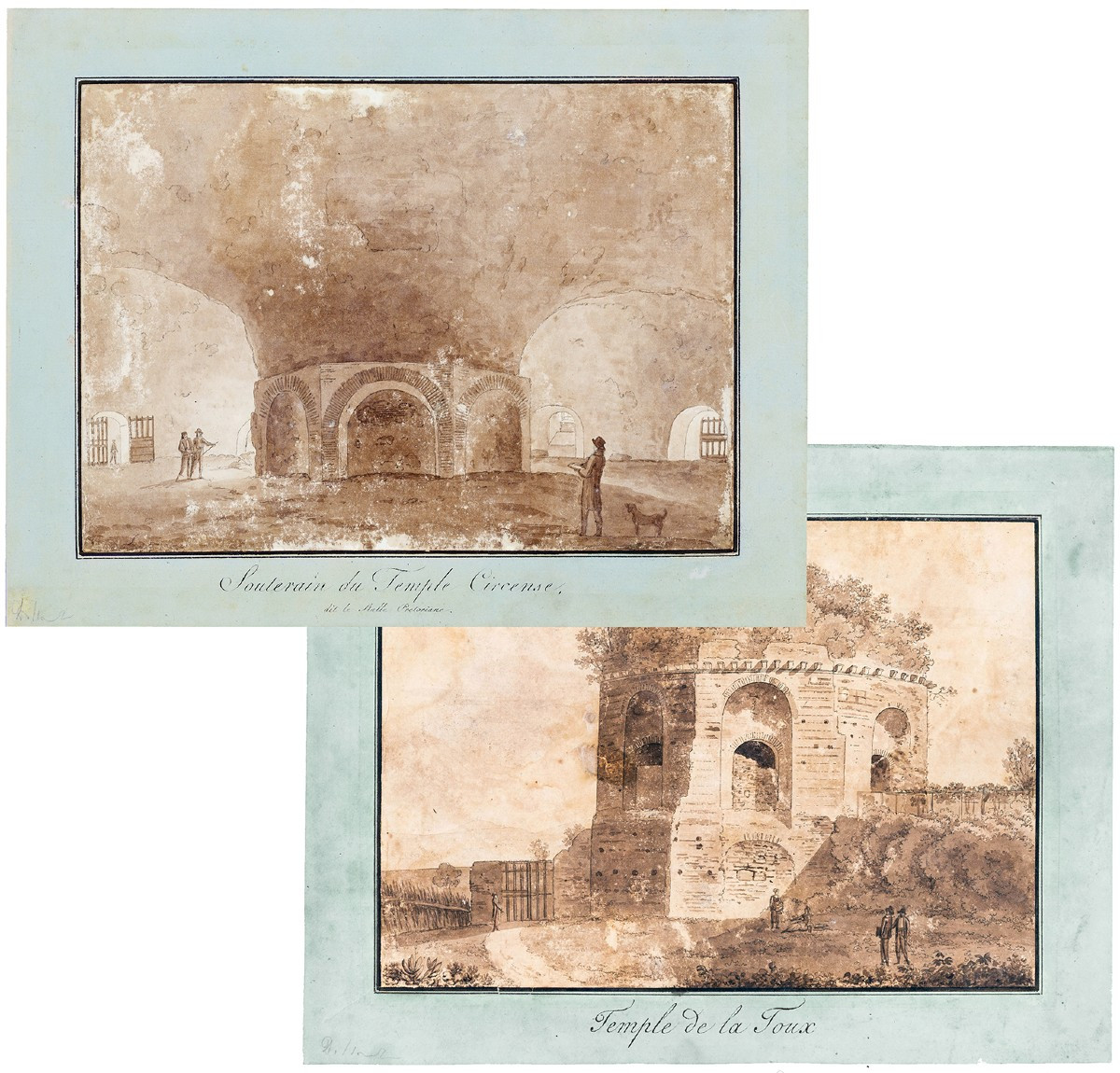




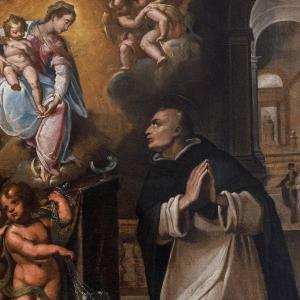
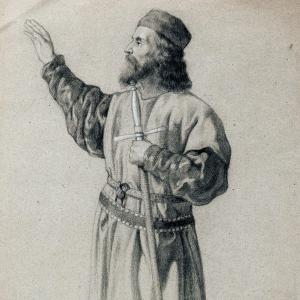

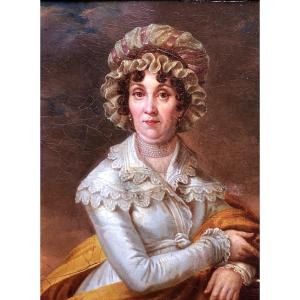

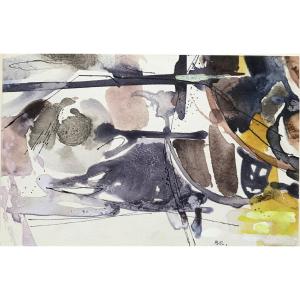
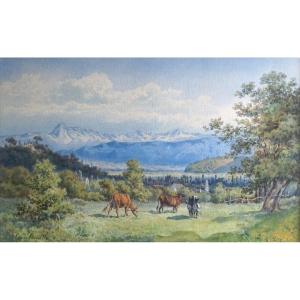
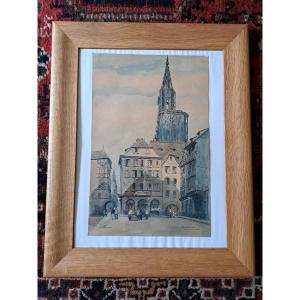





 Le Magazine de PROANTIC
Le Magazine de PROANTIC TRÉSORS Magazine
TRÉSORS Magazine Rivista Artiquariato
Rivista Artiquariato
